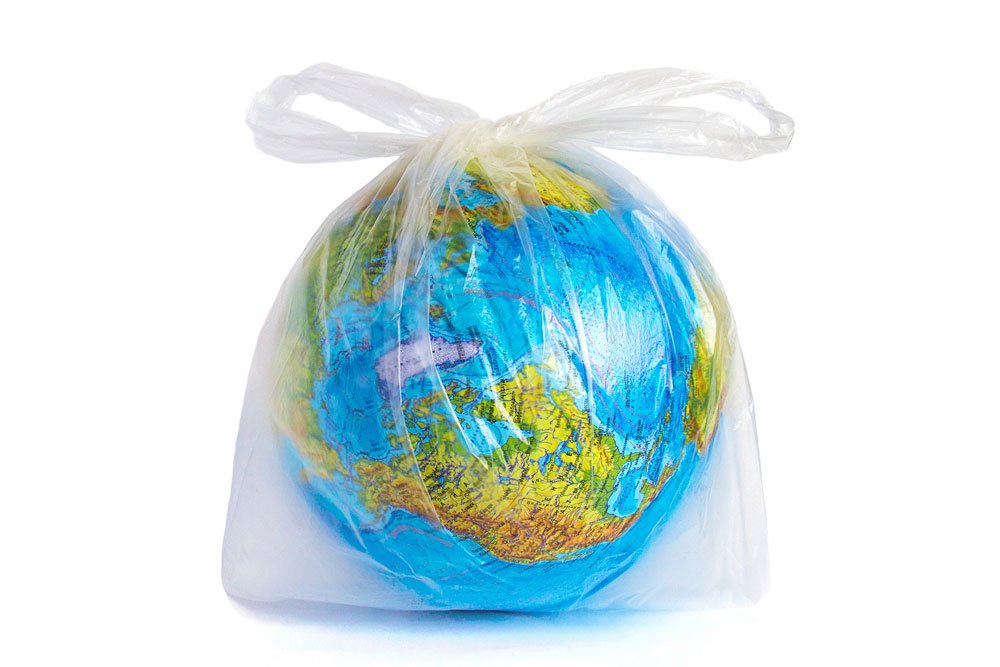No time to waste

Why are factories still allowed to use our rivers as their personal trash cans?
Plastic waste poses one of the biggest threats to the environment, with more than eight million tons of plastic making its way into our oceans every year. Nowhere is the extent of this pollution more evident than in the Bay of Bengal, where plastic waste dumping has created a sea brimming with marine litter and debris.
This should come as no surprise considering the main source of the waste: According to a commendable survey carried out by the Department of Environment, sewage and municipal and industrial waste constitute 80% of the litter found on beaches, brought in by the rivers which call Bangladesh their home. While littering remains a big part of the problem, which needs to be tackled through awareness campaigns, what the DoE’s survey highlights is Bangladesh’s poor waste management system and even poorer placement of its various industries. In this day and age, such reckless disregard for the environment is unacceptable, armed as we are with the knowledge of the detrimental effects of pollution and Bangladesh’s position of vulnerability to climate change.
For More: https://www.dhakatribune.com/opinion/editorial/2018/12/17/no-time-to-waste

